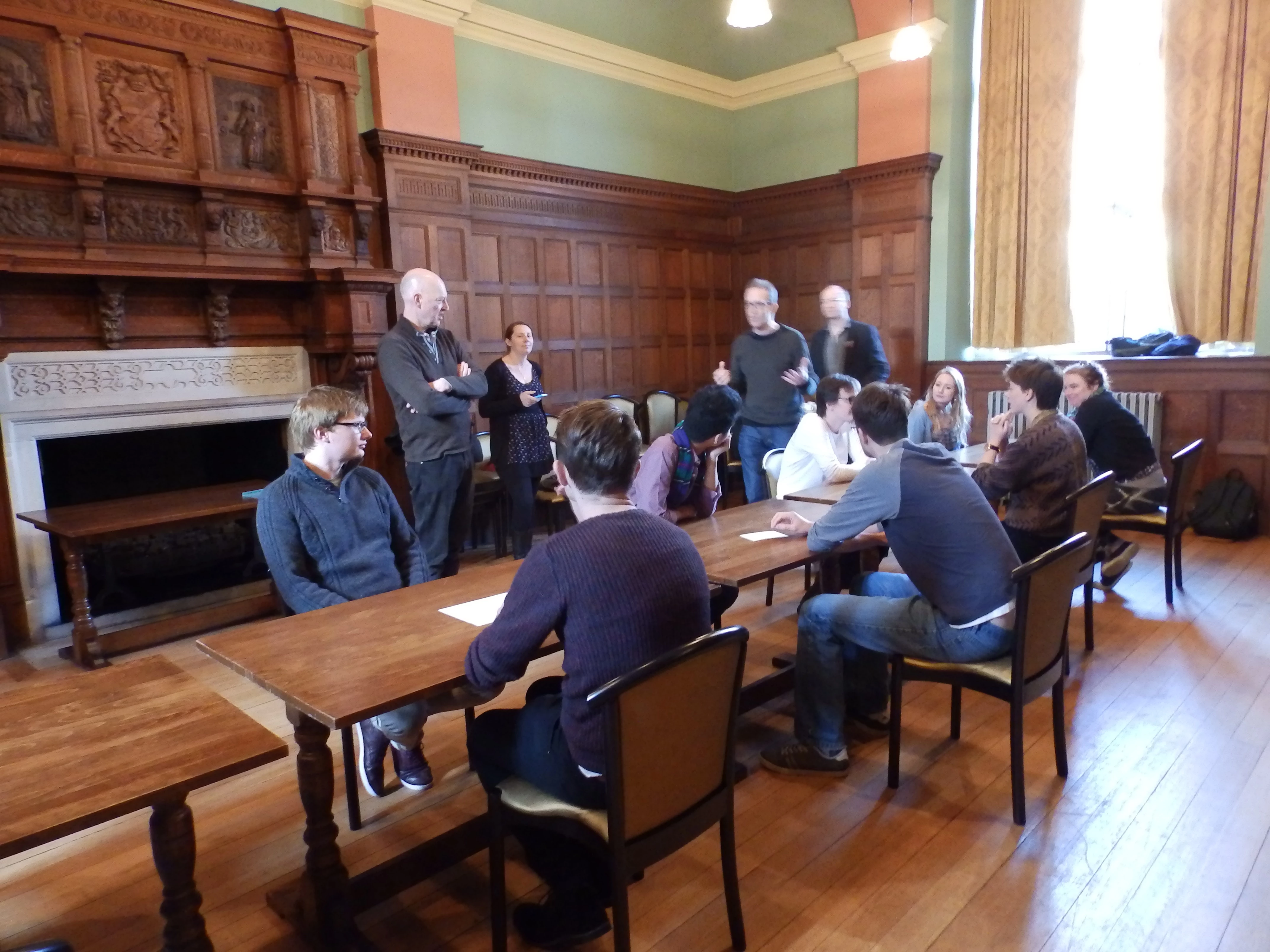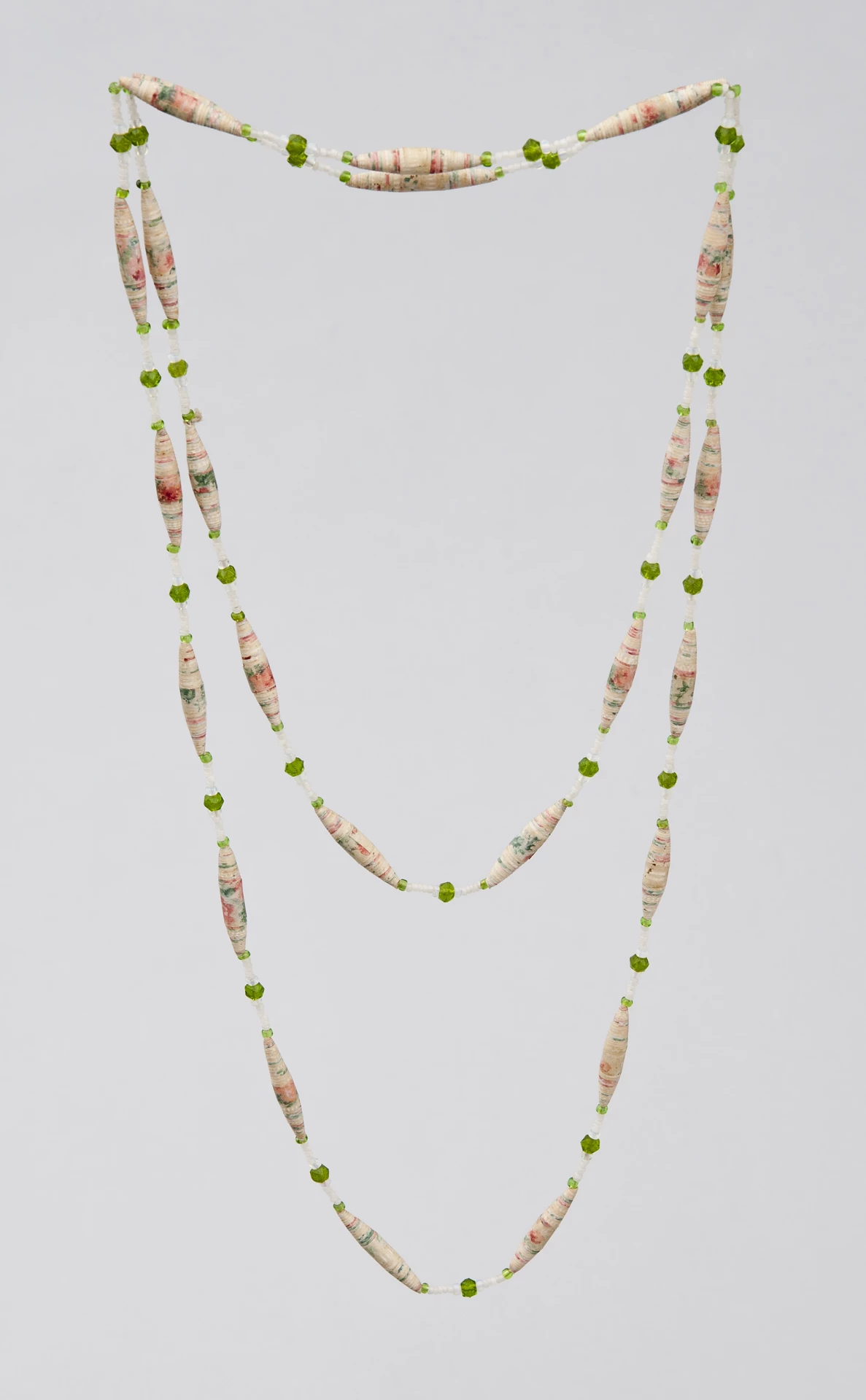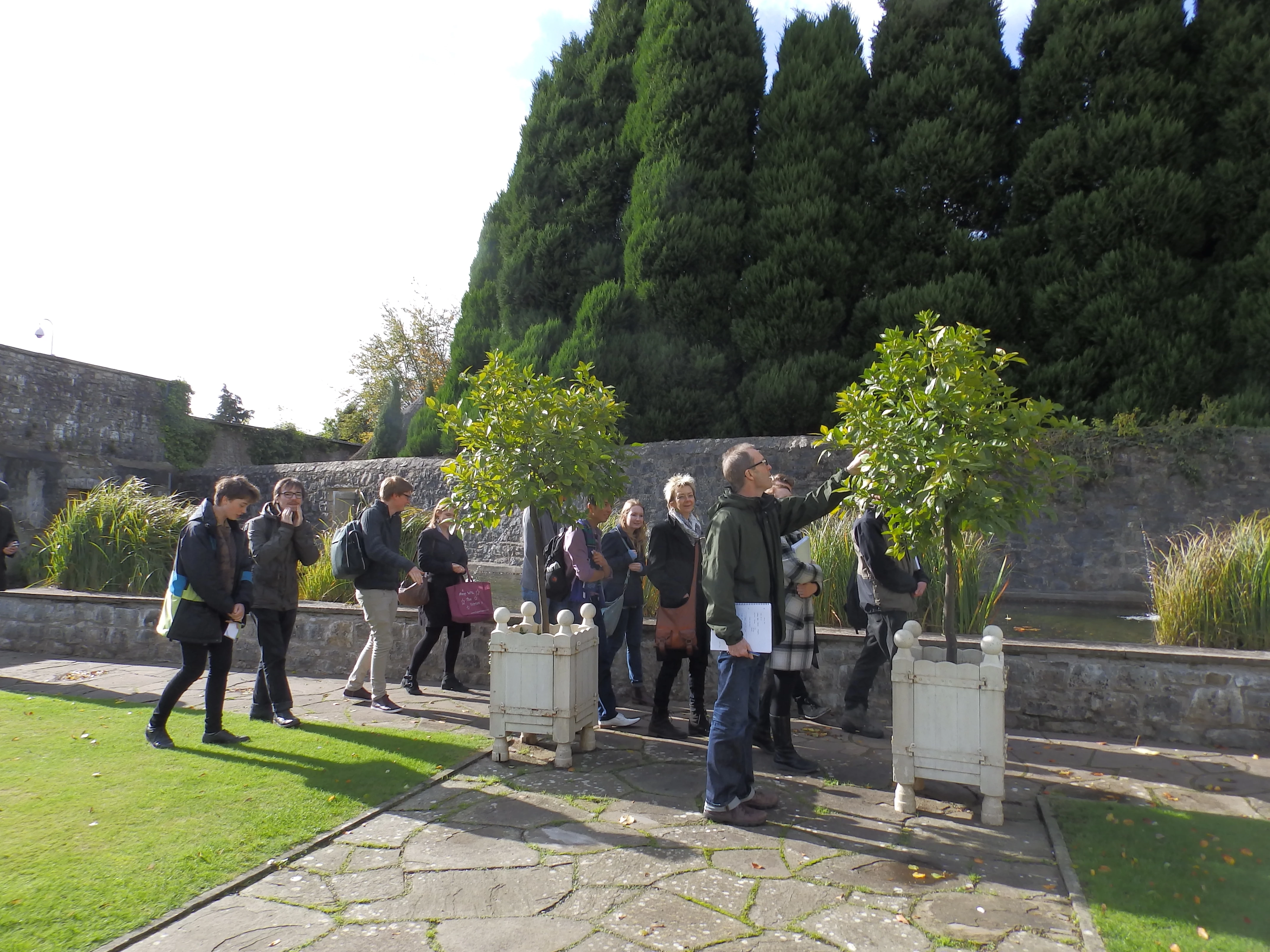bridiau prin yn Sain Ffagan
, 17 Chwefror 2015
Mae gennym 3 brid o ddefaid yn Sain Ffagan ac maen nhw i gyd ar y Rhestr o Fridiau Prin:
Brid prin:
enw: brid prin
Grwp (o anifeiliaid, planhigion, &c.) o un rhywogaeth a chanddynt nodweddion arbennig (yn enwedig rhai wedi eu datblygu’n ddethol gan ddyn).
Ffynhonnell: Geiriadur Prifysgol Cymru
Chewch chi ddim arian da – na chyflym – gan fridiau traddodiadol, yn wahanol i fridiau masnachol modern, ond yn aml mae ganddynt nodweddion sydd wedi addasu i amgylchiadau penodol, fel gwytnwch, gwrthsefyll afiechydon neu barodrwydd i weithio’n galetach i ddod o hyd i fwyd! Efallai na fydd pob brid yn cynnig popeth i’r ffermwr modern, ond maen nhw’n rhan o’r catalog o ddeunydd genetig sy'n angenrheidiol i ddiogelu a sicrhau dyfodol cynaliadwy i ffermio Cymreig.
Felly os ydych chi eisiau dysgu mwy am y defaid hyn, dyma’r lle i chi!
Barod am gêm o Bingo’r Bridiau Prin?
Defaid Mynydd Maesyfed (brid ‘dan fygythiad’)
Dafad Hill Radnor - un o'n bridiau prin yn Sain Ffagan
Mae’r defaid hyn wedi eu datblygu dros flynyddoedd i fyw ar fryniau Maesyfed ac maent yn nodweddiadol o’r hen ddefaid Cymreig wyneb melyn oedd arfer crwydro’r bryniau. Mae cyfeiriad at y brid cyn bell yn ôl ag 1911 a chafodd Cymdeithas Frid ei sefydlu ym 1949. Mae’r rhan fwyaf o'r brid yn dal i fod yn ardal Maesyfed a Brycheiniog, ac ychydig iawn o breiddiau sydd yng ngweddill y DU.
Prif nodweddion:
Maint: Canolig, dafad 50-55kg, hwrdd 70-80kg
Edrychiad: Brid mynydd ond yn fwy na Dafad Fynydd Gymreig. Gwlân gwyn, trwchus ac wyneb tywyll nodweddiadol a thrwyn eryraidd. Defaid yn foel, cyrn gan yr hyrddod.
Gwytnwch: Gwydn, wedi addasu i fyw ar fryniau. Gallu goroesi ar borfa wael.
Defaid Llanwenog (brid ‘lleiafrifol’)
Dafad Llanwenog - un o'n bridiau prin yn Sain Ffagan
Dafad yn tarddu o groesiad rhwng dafad Swydd Amwythig a bridiau amrywiol wyneb-ddu o ddyffryn Teifi ar ddiwedd y 19eg ganrif. Cafodd Cymdeithas Frid Llanwenog ei sefydlu ym 1957. Mae’r brid yn dal wedi’i leoli yng ngorllewin Cymru ond maen nhw wedi lledaenu dros y DU. Maent yn werthfawr iawn am eu gallu i oroesi mewn ardaloedd mynyddig, llwm yn ogystal â gwneud y gorau o borfa fras y tiroedd is.
Prif nodweddion:
Maint: Canolig, dafad 55-60kg, hwrdd 80-90kg
Edrychiad: Dafad â chydbwysedd da gyda gwlân gwyn trwchus a chudyn nodweddiadol uwch y pen. Mae’r pen a’r clustiau’n ddu.
Gwytnwch: Mae peth gwytnwch mewn defaid Llanwenog diolch i’w disgynyddion ond maent yn well ar borfa is.
Defaid Mynydd Duon Cymreig (dafad sy’n ffynnu – hwre!)
Dafad Mynydd Duon Cymreig - un o'n bridiau prin yn Sain Ffagan
Amrywiad trawiadol ar y Ddafad Fynydd Gymreig, oedd yn digwydd o bryd i’w gilydd mewn preiddiau o Ddefaid Mynydd Cymreig gwyn. Ym 1920 cafodd Cymdeithas y Defaid Mynydd Duon Cymreig ei sefydlu i gofrestru’r brid fel un ar wahân i’r Defaid Mynydd Cymreig Gwyn. Y Ddafad Fynydd Ddu Gymreig yw’r unig frîd cwbl ddu yn y DU.
Prif nodweddion:
Maint: Bach, dafad 45kg, hwrdd 60-65kg
Edrychiad: I gydymffurfio â meini prawf y brid, rhaid i’r ddafad fod yn gwbl ddu. Dafad fach, weddol denau er ddim cyn deneued â brid cyntefig. Defaid yn foel, cyrn gan yr hyrddod.
Gwytnwch: Gallu goroesi ar dir uchel lle byddai bridiau eraill yn cael trafferth ac, yn debyg i ddefaid mynydd Cymreig eraill, bydd y brid yn ffynnu ar borfa fras y tiroedd is.
(Diolch i’r Rare Breeds Survival Trust am ddarparu’r wybodaeth).




